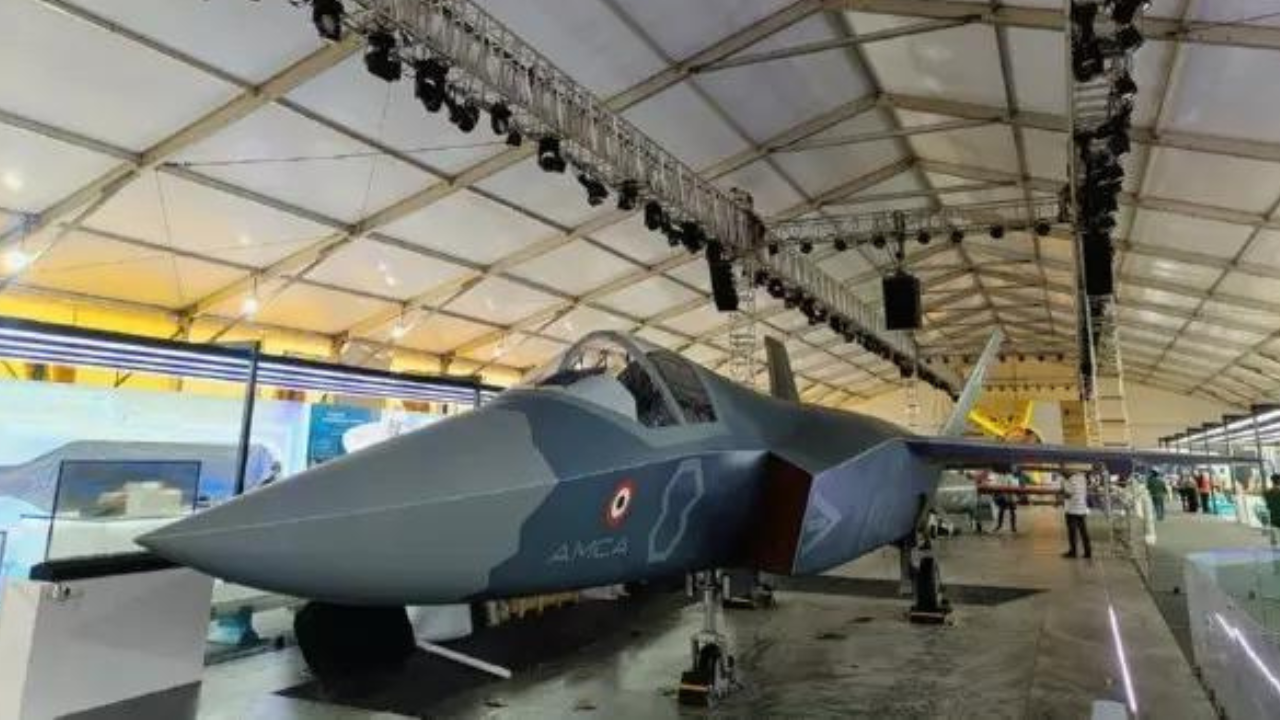SOURCE: RAUNAK KUNDE / NEWS BEAT / IDRW.ORG


In a recent conversation with BharatShakti Editor-in-Chief Nitin A. Gokhale, Arun Ramchandani, Executive Vice President and Head of L&T Defence, advocated for a National Consortium model as the most effective approach for manufacturing India’s ambitious Advanced Medium Combat Aircraft (AMCA), the country’s indigenous fifth-generation stealth fighter jet. This strategic proposal aligns with India’s push for self-reliance under the Aatmanirbhar Bharat initiative and aims to leverage the collective strengths of public and private sector players to deliver a cutting-edge combat platform for the Indian Air Force (IAF).
The AMCA is India’s flagship project to develop a fifth-generation stealth fighter, designed to enhance the IAF’s combat capabilities with advanced features like stealth, agility, sensor fusion, and AI-assisted mission systems. Conceived as a 25-tonne, twin-engine, multi-role fighter, the AMCA incorporates internal weapons bays, radar-absorbent materials, and serpentine air intakes to ensure low observability. The project, led by the Aeronautical Development Agency (ADA) under the Ministry of Defence, has gained urgency following the IAF’s declining squadron strength—currently at 30-odd squadrons against a sanctioned 42.5—and the lessons learned from Operation Sindoor, a recent conflict that underscored the need for advanced air superiority platforms.
On May 27, 2025, Defence Minister Rajnath Singh approved the execution model for the AMCA, marking a pivotal step toward its development. The program aims to roll out five prototypes by 2031, with series production slated for 2035, targeting seven squadrons for the IAF. Unlike previous projects where Hindustan Aeronautics Limited (HAL) was the default production agency, the AMCA program introduces a competitive model, allowing private players like Larsen & Toubro (L&T), Tata, and Adani to bid, either independently or in consortia, potentially with HAL.
The National Consortium model, as proposed by Ramchandani, would involve key stakeholders like ADA, HAL, Bharat Electronics, Godrej Aerospace, and private giants like L&T, working in synergy. This approach aims to overcome the technological and logistical challenges of developing a fifth-generation fighter, particularly in areas like stealth shaping, low-observable materials, and propulsion. Ramchandani stressed that such a model would distribute risks, optimize costs, and accelerate timelines, drawing lessons from the delays in the Tejas Light Combat Aircraft (LCA) program.
NOTE: Article cannot be reproduced without written permission of idrw.org in any form even for YouTube Videos to avoid Copy right strikes. Websites doing illegal reproductions will get DMCA and Legal Notices.